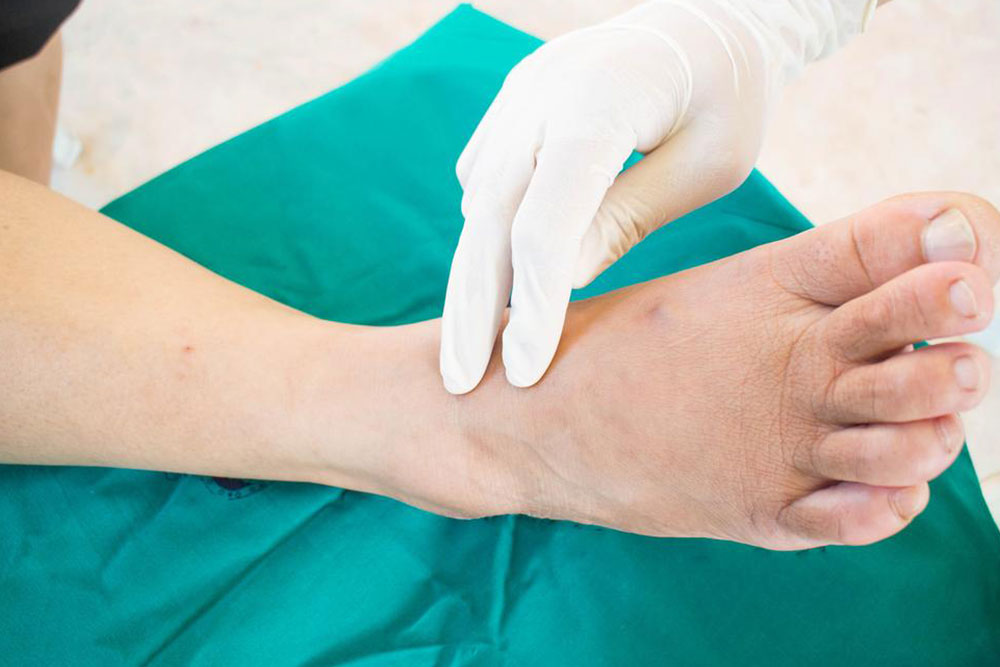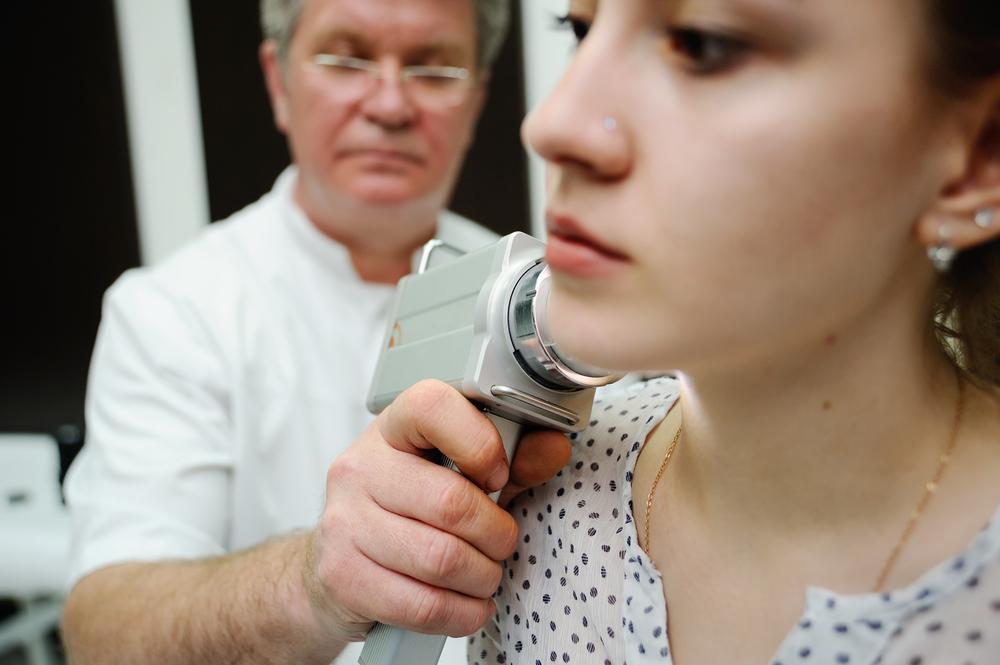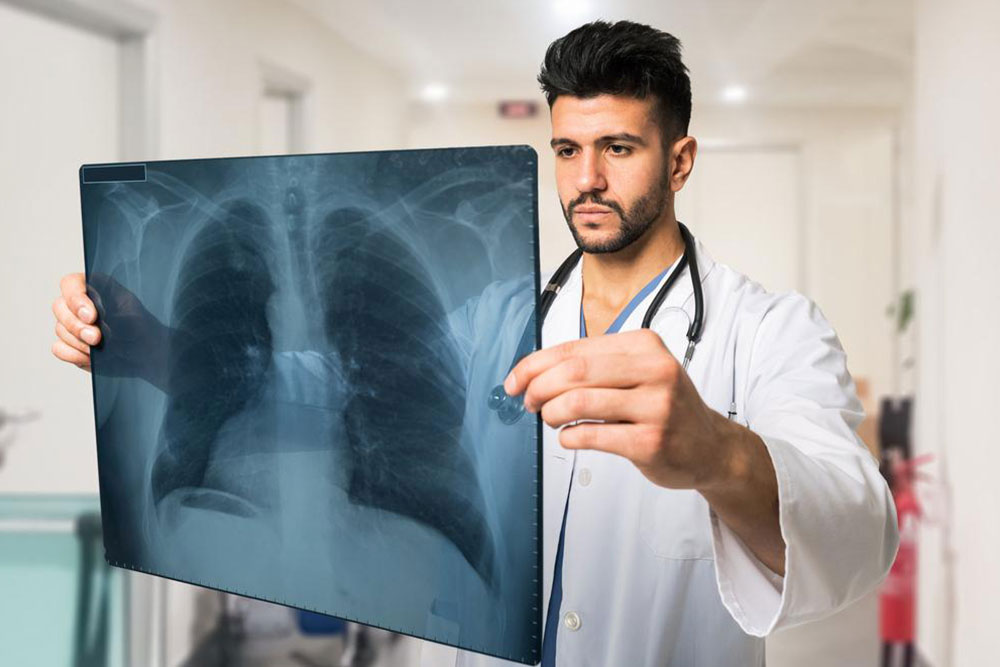Early Intervention Strategies for Managing Gangrene
Recognizing early signs of gangrene is vital for effective treatment. Initial indicators like persistent wounds, fever, skin discoloration, and numbness should prompt immediate medical consultation. Treatment options include antibiotics, oxygen therapy, vascular surgeries, and tissue removal. Preventive measures involve good hygiene and lifestyle changes to avoid recurrence. Early intervention can save limbs and lives.

Early Treatment Approaches for Gangrene
Gangrene occurs when body tissues die due to inadequate blood supply, often triggered by infections, injuries, or arterial conditions. Recognizing the early symptoms is crucial for prompt intervention, which can prevent severe outcomes like amputation or fatalities.
Initial signs include persistent wounds or infections, fever, rapid heartbeat, discoloration progressing to dark, dry patches, blisters with discharge or bleeding, vomiting, skin peeling with clear lines, shiny infected areas, and numbness or coldness in the affected limb.
If you notice these symptoms, consult a healthcare professional immediately. Diagnostics may involve blood tests, X-rays, MRI scans, and tissue analysis.
Early-stage treatments include antibiotics for bacterial infections, hyperbaric oxygen therapy to promote healing, vascular procedures to restore circulation—especially in diabetics—and tissue debridement to remove infected tissues and prevent spread. Maintaining good hygiene, proper nutrition, and lifestyle adjustments are essential for prevention and recurrence avoidance.







